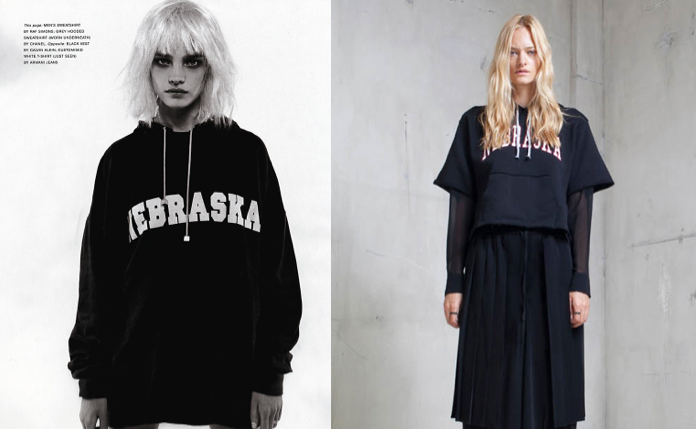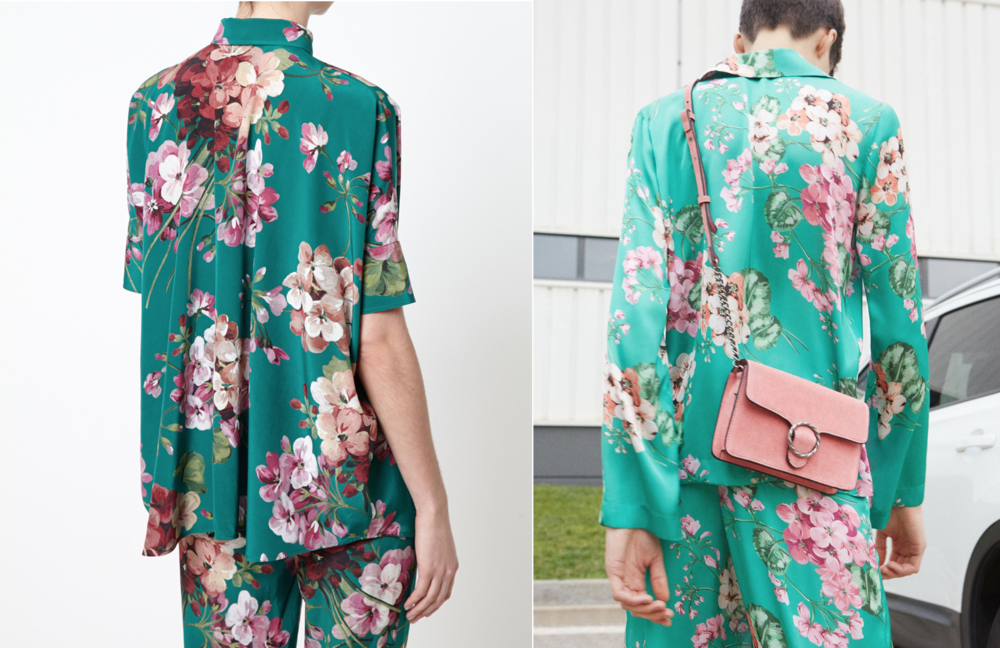Forget all of the urban legends and the “alternative facts” that you have heard about fashion over the years, including the frequently espoused – and since firmly debunked – proclamation that it is the “second most polluting industry in the world.” (It is further down on the list than that). Forget those and consider another widely-cited piece of fashion folklore: if you take an existing design, whether it be a copyright-protected Yeezy sneaker or the design patent-covered ornamental elements of a bag, for instance, and change a certain percentage of it – some say 3 percent is sufficient, others put the figure closer to 20 percent – you have created a new design in the eyes of the law.
A similar riff on that same rule asserts that if you were to make a specified number of changes – as few as five, according to at least one iteration of the popularly-referenced rule – to an existing design, you would create a “novel” work, and thus, would be able to avoid liability for infringement should you decide to ultimately manufacture and sell that design with your own brand’s name on it.
The “x percent” rule or “x number of changes” benchmark is a nifty rule-of-thumb, and an inherently useful one given fashion’s well-established penchant for taking “inspiration” from others. It is also handy in light of the increasingly rapid pace at which fashion finds itself operating. Churning out four or more collections per year, often paired with frequent collaborations and other, special “drops,” leaves little time for extensive periods of research/inspiration-building, after all.
Against this background, these little rules essentially establish a bright-line that enables designers to look to existing creations and know exactly how much they can take-and-change in order to avoid being slapped with an infringement lawsuit if they choose to closely replicate those already-existing designs. (Infringement assumes, of course, that the existing design is protectable, something that can be somewhat rare in fashion).
The clarity that comes with such rules has made them a go-to for no small number of industry participants. Heavily-followed Instagram watchdogs reference it in their quest to call foul on instances of “copying.” And just this month, it came up in a widely-read New York Times profile of Off-White founder and Louis Vuitton menswear director Virgil Abloh due to his penchant for referencing “the three percent approach,’” which the Times’ Vanessa Friedman deciphers as Abloh’s “theory that changing a design by that percentage is enough to make it qualify as new.”
However, despite the attractiveness of such a rule or “cheat code,” as Abloh has repeatedly called it in furtherance of his role as an “intellectual grazer” – a position in which he is “constantly snacking on inspiration, offbeat ideas, iconic creative gestures from historic brands” – as the Washington Post’s Robin Givhan puts it, and despite the frequency with which it is cited, there is a glaring issue: no such rule actually exists.

In other words, there is no basis in law for these often-referenced quasi-legal “rules,” which means that they will not shield you from legal liability.
While these “rules” are without merit from a legal standpoint, they are not entirely without roots in terms of the assessment of infringement generally. For instance, “the amount and substantiality” of the portion of an existing work that is used to create a subsequent work is a relevant factor that is considered in a determination of fair use (a defense to copyright and trademark infringement). However, unlike these “rules” seem to proclaim, there is no bright-line, number-specific rule that courts look to when making such a consideration.
Put simply? Courts are not looking for a set percentage or specific number of changes in an infringement determination; there is no such magic number. The reality is, of course, more complicated than that, and involves standards like substantial similarity or likely to cause confusion.
In a fair use inquiry, the Copyright Alliance asserts that the relevant part of the test goes a little something like this: “Where the amount [of an existing work] used is very small in relation to the copyrighted work [as a whole], this factor will favor a finding of fair use, but where the amount used is not insignificant, this factor will favor the copyright owner.” It continues, “This factor also considers the qualitative amount of the copyrighted work used. If the portion used was the ‘heart’ of the work, this factor will likely weigh against a finding of fair use even if that portion was otherwise a very small amount.” Again, not as simple as a number of percentage of changes.
As for what can be established with certainty, it is that “there is no magic formula that can help someone avoid a claim of copyright infringement,” as Gottlieb, Rackman & Reisman P.C.’s Marc Misthal has asserted in the past. Or, as the U.S. Copyright Office puts it, “Only the owner of [the] copyright in a work has the right to prepare, or to authorize someone else to create, a new version of that work. Accordingly, you cannot claim copyright to another’s work, no matter how much you change it, unless you have the owner’s consent.”
The same is true, patent attorney Vic Lin says, when it comes to claims of design patent infringement and what he calls “the growing myth that you can avoid infringing someone else’s patent by changing your product by, say, 10 percent to 30 percent.” And still yet, in a trademark context (where novelty is not actually a relevant consideration), the metric for protectability – and for avoiding infringement – is whether there is a “likelihood” that consumers will be “confused” as to the source of one party’s goods/services if they bear a trademark that is similar to another party’s already-existing mark; no number to be found there.
Ultimately, while the appeal of these rules is apparent, their ability to provide sound guidance for those that want to rely on them is far less of a sure-thing. So, it is probably best for us – and Virgil – to put this one to bed.











